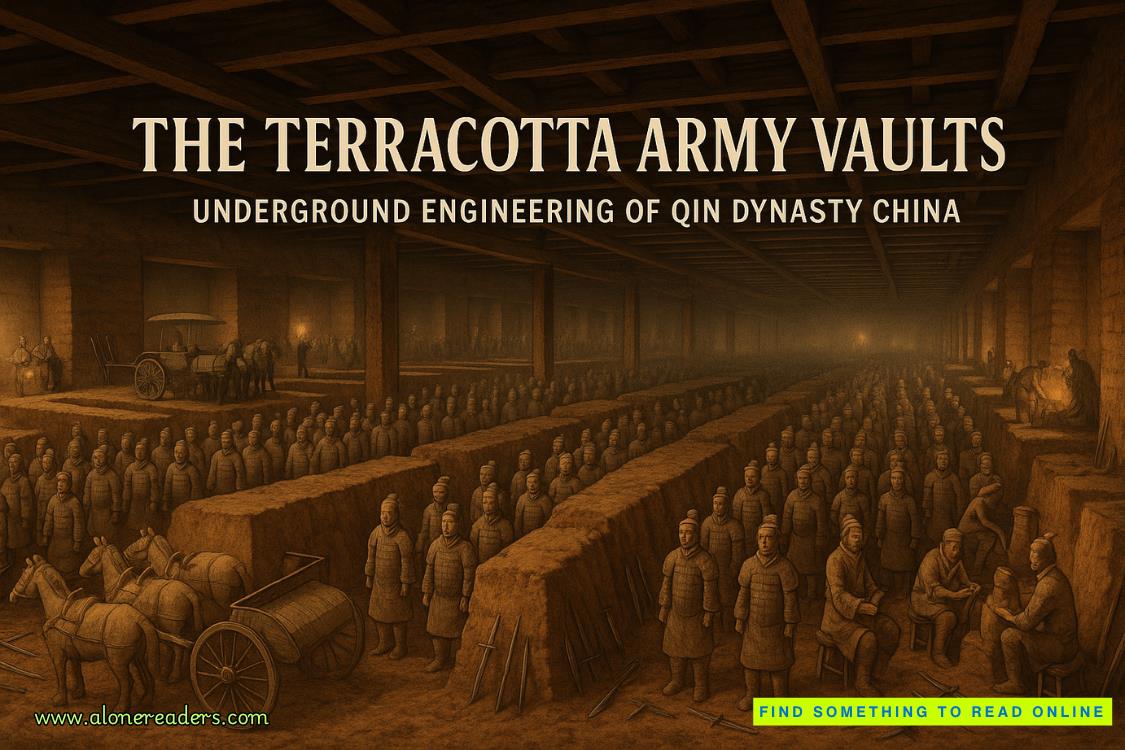Page 1 of What Is Love
Chapter One
There wasn’tanything anyone could say that would convince me I wasn’t in hell. I’d used to ask myself what I’d done so wrong in my last life to deserve such never-ending punishment in this one. Which power that be had I pissed off? What grave sin had I committed? When those self-pitying questions had gone unanswered, I’d begun to ask whatever deity was punishing me,How long?How much longer and how much more did I have to endure? I’d never gotten answers for those questions, either.
I was in hell, there was no escape, and hope had become my enemy. If I dwelled on that realization for too long, my whole body would begin to feel heavy—so heavy that the mere thought of moving took tremendous effort. The world around me would blur and sound would become muffled and distant. I would stop caring about pain and the fear of receiving more of it. Each time that happened, it took so much strength to pull myself out of that state. Strength that one day just wouldn’t be enough. Giving up was beginning to seem more freeing than terrifying.
I let out a sigh, trying to steer my thoughts in a less depressing direction. It wasn’t easy. I blamed the large monarch butterfly with burned wings I was drawing. To add dimension, I used my ring finger to smudge the areas where I’d beenpurposely heavy-handed with compressed charcoal. I leaned back on the stool I was sitting on to assess what I had done so far. It wasn’t my best work. Not my worst work, either. It was just what I’d been able to come up with in less than an hour. Unhappy with the singed tip of the bottom left wing, I grabbed my kneaded eraser to sharpen a few edges and add highlights.
An alarm’s loud beeping startled me, like it did every time Ms. Clark decided to surprise us with a timed drawing challenge. She’d never specified a subject, just told us to not overthink it and draw the first thing that popped into our heads before the timer went off.
The beeping stopped and Ms. Clark’s voice filled the room. “All right, class, let’s stop there.”
I straightened my posture and tried to let go of my frustration as my eyes caught on all the things I wanted to fix or add in my drawing.
“I’m going to be coming around the room to look over what your beautiful imaginations have created here in a minute, but first I want to discuss the final,” Ms. Clark announced, grabbing hold of my attention.
I glanced past my easel to see Kendry Academy’s only art teacher. Since there were only eight students in this class, I understood why. Yes, it was an advanced drawing class, but all of Ms. Clark’s other classes, which were beginner art and art history, were also on the smaller side. It was because Kendry was a school for a bunch of extremely entitled rich kids and to most of their parents, art was nothing more than a hobby or something you bought to show off how much money you had.
I was also one of those entitled rich kids—some might even say I wastheentitled rich kid at this school—and I also had a snob for a parent. My only difference was that art was like my oxygen. I needed it to breathe in this hell and I’d done everything in my power to hold onto it. Despite what my mother and mydistant paternal grandfather had planned for my life, deep, deep down I secretly wished my art would become more than just a hobby. Which was why my eyes were locked on the only teacher I’d ever liked.
Ms. Clark, who was in her late thirties, had wild curly auburn hair and a splash of freckles across her nose and cheeks. Her brown eyes were framed by square, tortoiseshell glasses. Like all the teachers at Kendry, she was dressed professionally. Today her attire was a tailored navy-blue suit with a cream blouse under the blazer, but her true style showed in the colorful, artsy jewelry she wore. Most of it was chunky with wire-wrapped crystals and lots of pretty beads. Personally, I was drawn to artsy things and saw the beauty in each piece she wore. Others saw something different. Therefore, Ms. Clark and her jewelry were beneath them—Mother included.
“Looks like the school was desperate for teachers if they had to hire someone from the wrong side of the bridge,” Mother had said after meeting Ms. Clark for the first time almost three years ago.
The wrong side of the bridge.That turn of phrase was used a lot here in our city of Summerhaven. We didn’t have train tracks; we had the Kendry Creek Bridge that separated the north side of Summerhaven from the south. The north side of the city was a little less than half the size of the south, mainly because it was mostly a residential area filled with very large and sometimes extravagant houses. The private schools in the area not only charged tuition, but were abundantly funded by large donations from the surrounding residents. The parks, roads, and even sidewalks were meticulously maintained. The north side was also more elevated and hillier, which only helped the residents look down on the rest of Summerhaven.
The south side wasn’t necessarily run-down or dangerous. Sure, there was more documented crime and even a motorcycleclub, Haven’s Rebels, that claimed that side of the city as their territory, but it was mostly normal middle-class people in cookie-cutter neighborhoods just trying to survive in this hellish world.
Mother had taken one look at Ms. Clark and deemed her someone lesser, all because of jewelry that hadn’t come in a little blue box and wasn’t encrusted with diamonds. I wondered—if it had, would Mother have even been able to tell what side of the bridge Ms. Clark came from? Poor Ms. Clark hadn’t been more than ten feet away, walking over to speak to another student’s parents, when Mother had openly passed judgment on her. I was sure Ms. Clark had heard her, too. I’d been able to tell by how stiff her shoulders had gone. I remembered how badly my chest had hurt in that moment as I’d stood there unable to disagree.
Shockingly, Ms. Clark had never held Mother’s insult against me. It made me suspicious of her. After nearly three years, I figured she was either playing the long game to get back at me or too kind for her own good. Even if the latter were true, I’d always brace myself for the former. It was just how I was. I couldn’t help it.
Ms. Clark moved behind her desk at the front of the class and pulled out a small stack of envelopes from one of its drawers. “As a few of you know, I try to change things up for the final every year. Last year I had my students draw something they thought was beautiful yet terrifying. The year prior, I had them draw something they saw in a dream.” She raised the envelopes in the air for us all to see clearly. “Each one of these envelopes has your names on it and inside is what you are to draw for your final. Since the school year started, I’ve been giving you timed challenges, and with those challenges I’ve learned what styles you favor, your preferred media, and what you excel at.” She gave us all a mischievous grin. “I’ve also learned what you avoid and where you need to improve. What’s in these envelopes willchallenge each of you and the way you draw individually.” She started making her way around the room, handing out envelopes as she went. The first few students didn’t waste any time opening theirs. One of them let out a sigh as if stressed and another didn’t even seem fazed by what they read.
“And like every year prior, we have a contest that is voluntary. After I’ve graded your final, you may have it anonymously displayed at Stewart’s Gallery to be voted on by the public. Whoever’s piece receives the most votes as the best will be allowed to sell it at Stewart’s.”
“Like a real artist,” a sophomore who sat with her easel in the row before mine mumbled loud enough to be heard.
Ms. Clark handed her an envelope. “You’re already artists, but if you win, you might get paid for it.”
“Who’s going to buy art made by a high-school student?” another sophomore, who sat with his easel to my right, asked as Ms. Clark handed him his envelope.
“There’s a student in this class who won and sold theirs for four thousand dollars last year.” Ms. Clark winked at me as she handed me my envelope.
“Who was that?” a junior girl closer to the front of the class asked.
“Charlotte Kendry,” Ezra Beckett, a fellow senior, answered with a little bitterness lacing his tone. He was the only other student who’d been in this class with me last year. We both had the same strong passion for drawing, which was why we had similar reasons for taking this elective again. He drew with oil pastels, and his mastery of realism rivaled mine.
The sound of creaking stools filled the room as everyone turned to look in my direction. I ducked back behind my easel and began tearing open my envelope. My curiosity was more important to me than theirs at the moment. On the piece of paper inside my envelope, Ms. Clark had written that I could usecharcoal and graphite as my media, I was allowed to draw in any style I preferred, and my subject was…love.
I had to draw love.
I tried my best not to react as I read my assignment again, which was obviously what Ms. Clark thought would be a challenge for me. Why would she think that? I supposed I had never drawn something that conveyed love before. It wasn’t really something I thought about or felt inspired to do.
I should have just accepted the assignment and focused on what I should draw. Instead, I sat there feeling unnerved. So much so that I didn’t realize Ms. Clark had made her way through the room again to talk to each of us about today’s work until she was standing next to me.
“It’s heartbreakingly beautiful,” she said as she took in my drawing. “You only drew a butterfly, yet I can see its pain, its desperation to keep flapping its wings. Your ability to convey so much?—”
“It’s not finished,” I interrupted, feeling even more uncomfortable than I’d already been.















